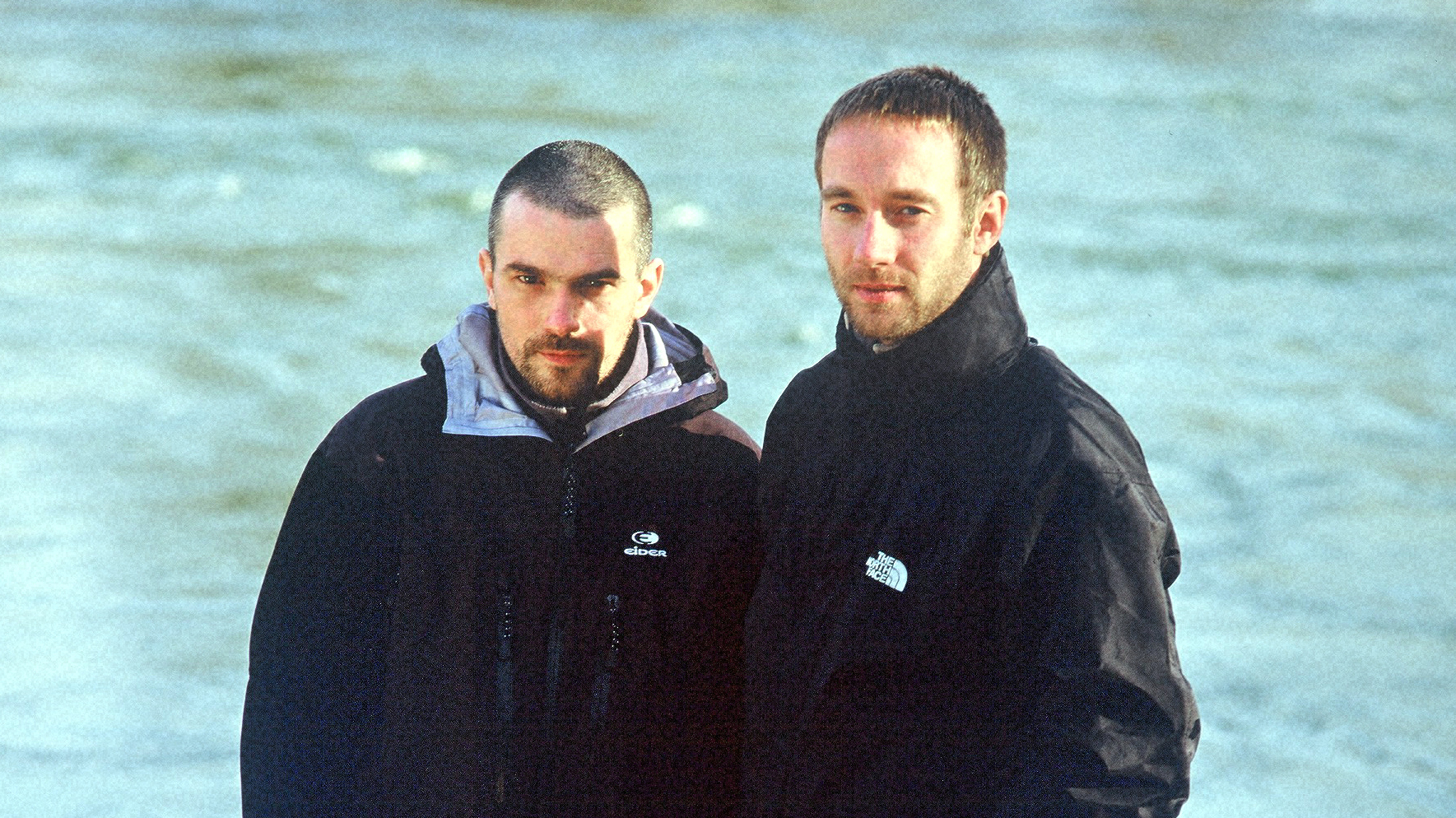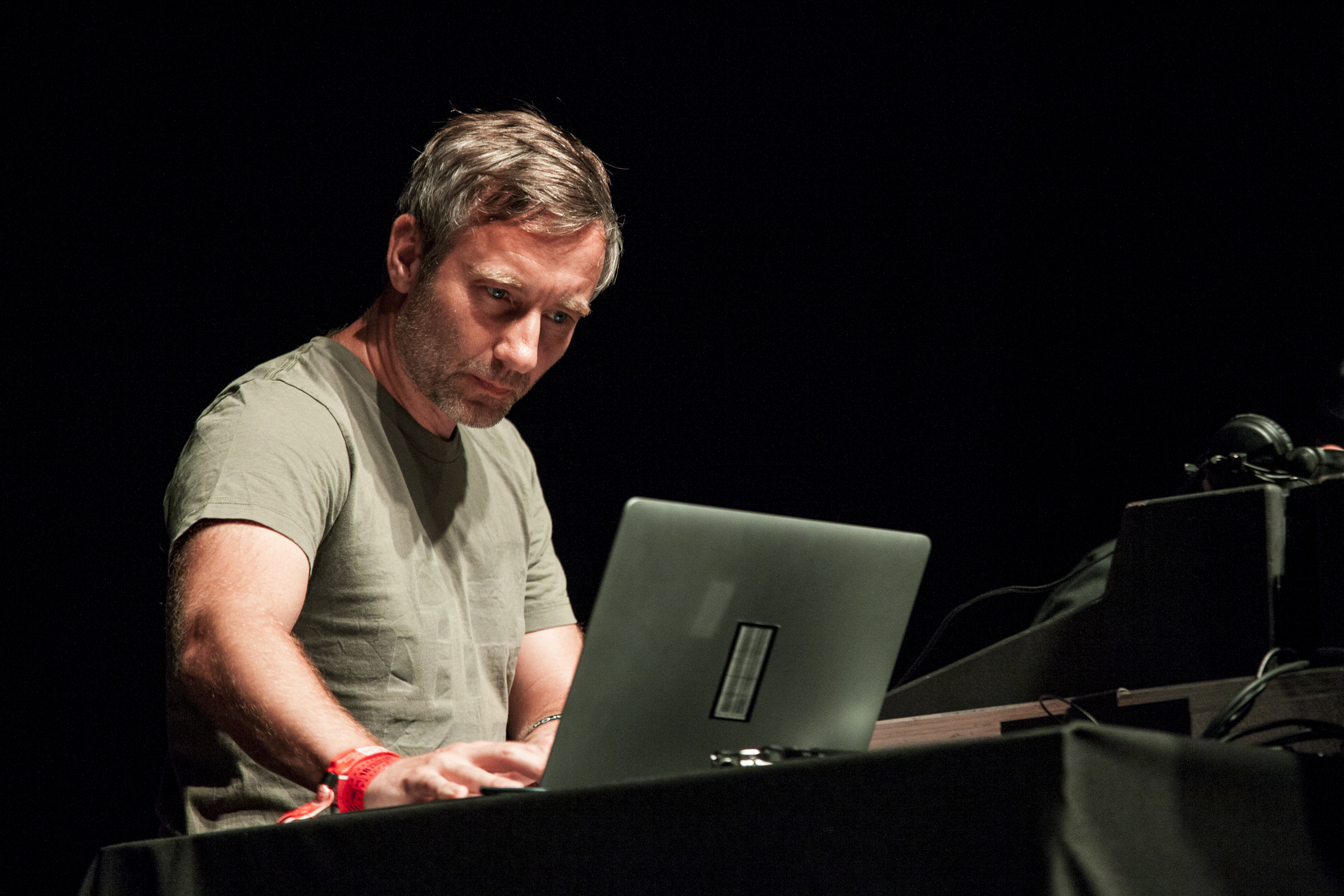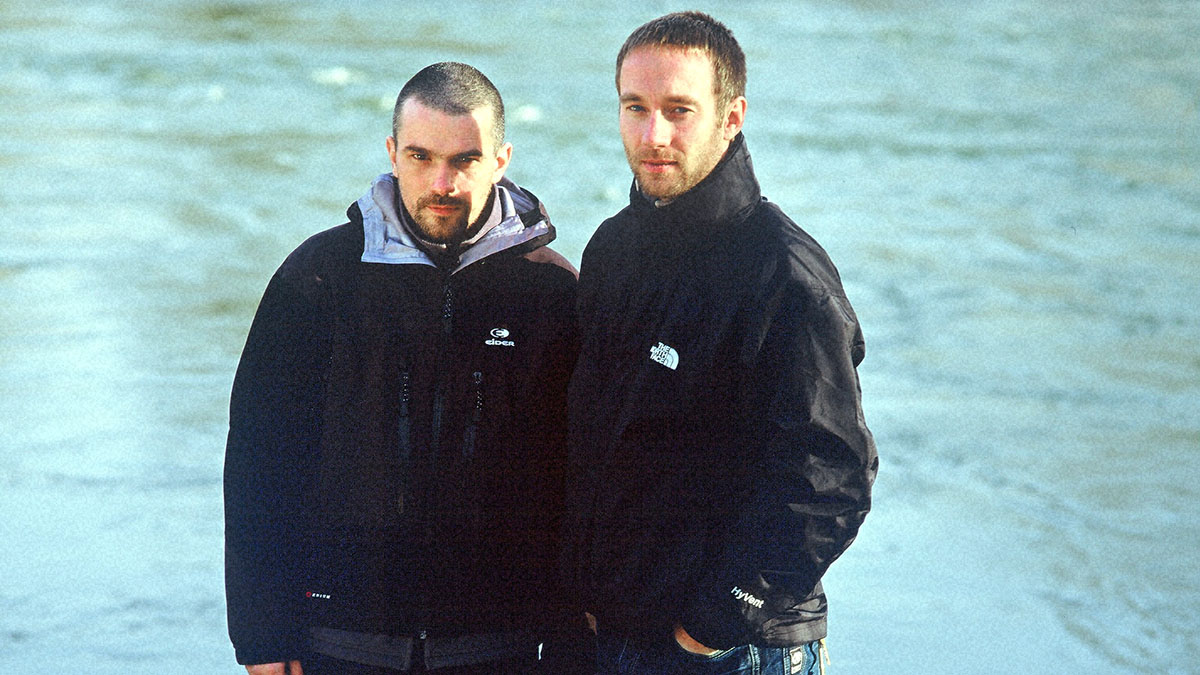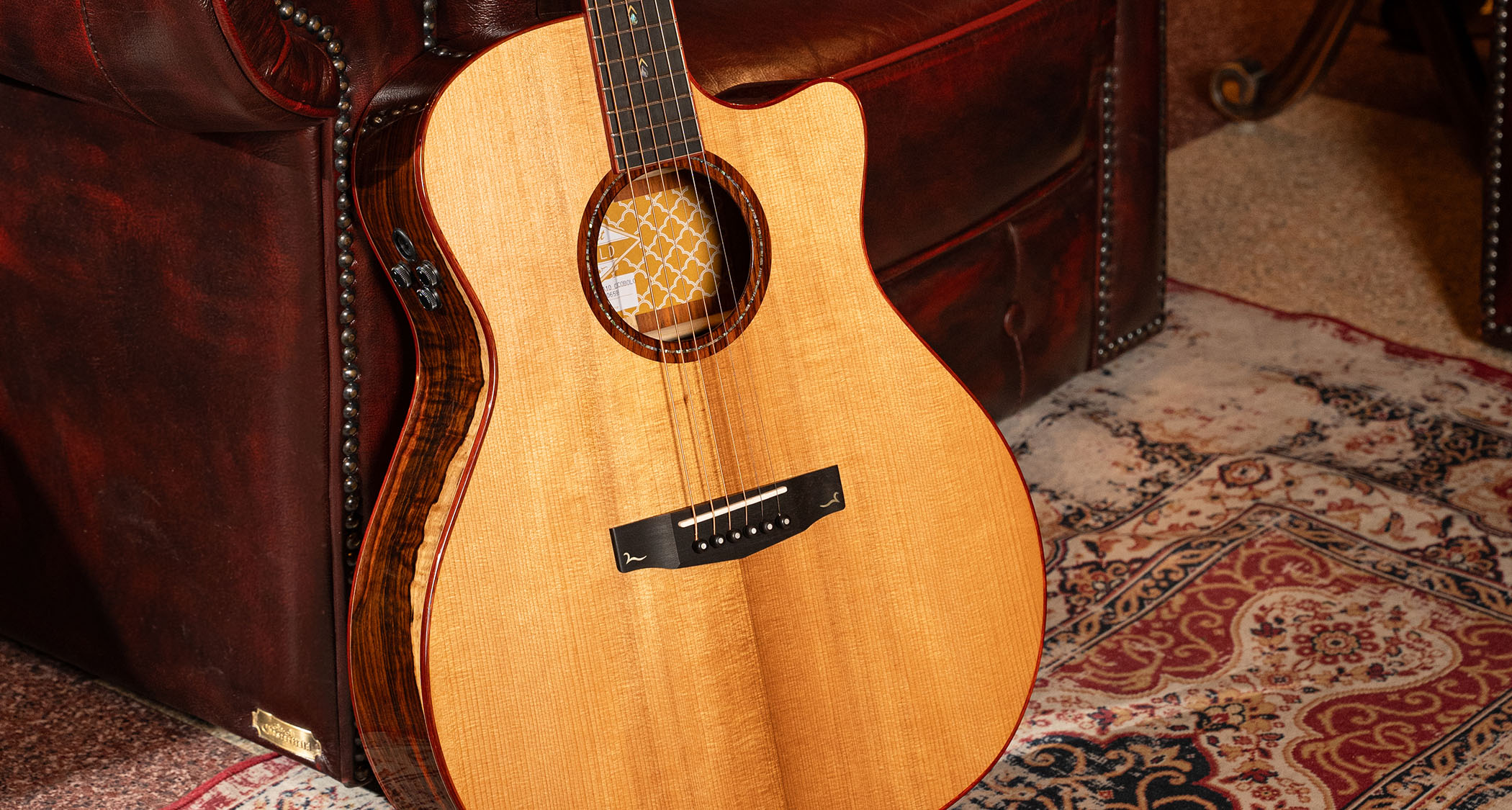"Is our music abstract and weird? To us it's not! Maybe if you've only listened to pop music, then yeah, it's weirder": How Autechre's radically inventive music-making turned experimentation into electronica
We explore the genius of the divisive, Warp-affiliated duo that has spent three decades boldly exploring the potential of music technology

In our Pioneers series, we illuminate the genius of the most influential artists and producers in musical history. This month, we take on Autechre, a widely revered duo that has spent three decades at the frontier of experimental electronic music-making.
Electronic music is a spectrum. On one side, we have the crowd-pleasers, the big-room bangers, the tunes you might hear on an AI-generated playlist at the gym, soundtracking your spinning class. By and large, these follow many of the same rules as conventional pop music; tonally, timbrally and rhythmically colouring within familiar lines to produce familiar - and often brilliant - results.
On the other end, we have the weird, the wonky and the experimental; music that harnesses the near-limitless potential of 21st-century technology to create sounds like nothing that came before them. Perhaps no electronic act is more closely associated with this abstruse corner of electronica than Autechre.
Rob Brown and Sean Booth met as teens in the late ‘80s. Speaking to Future Music in 1994, Booth recalled how the pair bonded over a shared interest in hip-hop, electro and DJing. “We used to do turntable mixes together at Rob’s house and then go to my house and edit and cut ‘em up, imitating early Mantronix stuff with pause-button edits on my cassette deck,” he told us.

The duo’s early experiments made use of the Casio SK1 and Roland TR-606, and a pre-computer recording set-up saw the Roland R-8 drum machine, Juno-106, Tascam 4-track and a DJ mixer turned towards creating ghostly, fractured beats that would catch the attention of the now-revered label Warp Records in 1991, leading to a feature on the imprint’s highly influential 1992 compilation Artificial Intelligence.
Since signing with Warp, Autechre has released 15 studio albums with the label and even more EPs. The duo’s style has evolved dramatically in that time, but such is the varied and freeform nature of Autechre’s music, attempts to categorize it within a fixed style or mode are futile.

Autechre: "There isn't one thing about the gear that we’re using now that we don't understand"
The pair’s early work arrived at the zenith of what has often been dubbed, for better or worse, IDM; electronic music that scissored up the blueprints for acid house, techno and breakbeat and rearranged the pieces into adventurous new shapes. But Booth has since labelled the term as “silly”, asking an interviewer, “is our music abstract and weird? To us or our mates it's not! Maybe if you've only listened to pop music, then yeah, it's weirder, because you've not been exposed to it [...] everyone has a different idea of what weird is.”
Get the MusicRadar Newsletter
Want all the hottest music and gear news, reviews, deals, features and more, direct to your inbox? Sign up here.
Autechre’s esoteric approach is underpinned by a relentless curiosity and a desire to master the tools used to make their music. “There isn't one thing about the gear that we’re using now that we don't understand,” they told Future Music in 1994. Since then, they’ve shifted their focus from hardware to software, becoming fluent in the visual programming language Max/MSP, which they use to design synths, sequencers and effects from the ground up in code; Autechre’s vastly complex Max patches have become the stuff of music tech legend.
"Rather than spend my money on equipment, I spend my money - as time - in learning how to build stuff”
In 2016, the duo told Resident Advisor they hadn’t bought any new gear in five years, such was the depth of their immersion in Max-based music-making. “I just use Max/MSP now, because in Max I can generally build the thing I need, and if I don't know how to do that it'll generally be worthwhile learning,” Booth told RA. “So rather than spend my money on equipment, I spend my money - as time - in learning how to build stuff.”
From the acid-tinged electronics of Incunabula and the crackpot glitch-hop of Chiastic Slide through to the mind-expanding abstraction of their NTS Sessions and the luminous textures of 2020’s SIGN, the only consistent feature in Autechre’s output has been an unflagging commitment to experimentation.
That term is thrown around a lot these days, but in the case of Autechre’s work, it applies quite literally; listening to their music, you get the sense you’re eavesdropping on a kind of sonic research project. It’s this uncompromising and radically inventive approach that makes them true pioneers of electronic music-making.
Autechre in four releases
1. Autechre - Flutter (1994)
The environment in which Autechre formed is a world away from today’s hyper-commercialized, TikTokified electronic music culture; thousands of pill-happy ravers were congregating every weekend for DIY outdoor parties that would regularly stretch out for multiple days.
Tabloids sensationalized the rave movement and the government intervened, introducing the Criminal Justice And Public Order Act 1994, providing police with the power to break up unsanctioned, open-air gatherings at which sounds “characterised by the emission of a succession of repetitive beats” were played.
Autechre took this as a challenge, releasing a track that winkingly evaded the government’s laughable restrictions; containing no identical beats or repeated phrases, the release stuck a satirical middle finger up at the establishment’s ill-advised attempts to stifle the burgeoning free party scene and the electronic music that inspired it.
2. Autechre - Confield (2001)
Autechre’s sixth album, Confield, marked a shift from the (relative) accessibility of their earlier work towards something that sounds more like an electronic take on free jazz; while not entirely atonal or arrhythmic, it’s byzantine music that tests the limits of comprehension. It was around this time that the duo began experimenting with Max/MSP, software they used to design generative systems that would spit out sequences and patterns operating within pre-defined limits, that they would then manipulate in real-time.
3. The Bug - Skeng (Autechre Remix)
Autechre are prolific remixers, having taken on material by everyone from Squarepusher and Stereolab to Giorgio Moroder and SOPHIE. Our favourite is their rework of The Bug’s iconic, Flowdan-featuring Skeng, which trades the ominous gloom of the original for glitchy textures and industrial percussion, creating a leaner and more spacious arrangement that does equal amounts of damage on a massive soundsystem.
4. Autechre - NTS Sessions 1-4 (2018)
A set of four albums that run to two hours each, this colossal project collates original works debuted during a 2018 residency for London’s NTS Radio. Across its thirty-six tracks, some nearing almost an hour in length, the duo traverse an alien soundscape devoid of familiarity, genre signifiers and musical reference points. Capturing the breadth of its scope in just a few sentences is impossible, suffice to say that this is a high-point of Autechre’s artistry that has divided and delighted listeners in equal measure.



I'm MusicRadar's Tech Editor, working across everything from product news and gear-focused features to artist interviews and tech tutorials. I love electronic music and I'm perpetually fascinated by the tools we use to make it. When I'm not behind my laptop keyboard, you'll probably find me behind a MIDI keyboard, carefully crafting the beginnings of another project that I'll ultimately abandon to the creative graveyard that is my overstuffed hard drive.
“The included sample content is not only unique but sonically amazing, as it always was”: Spitfire Audio BBC Radiophonic Workshop review
“We were able to fire up a bass sound that was indistinguishable from the flavour of New Order’s Blue Monday in seconds”: EastWest Sounds Iconic review













